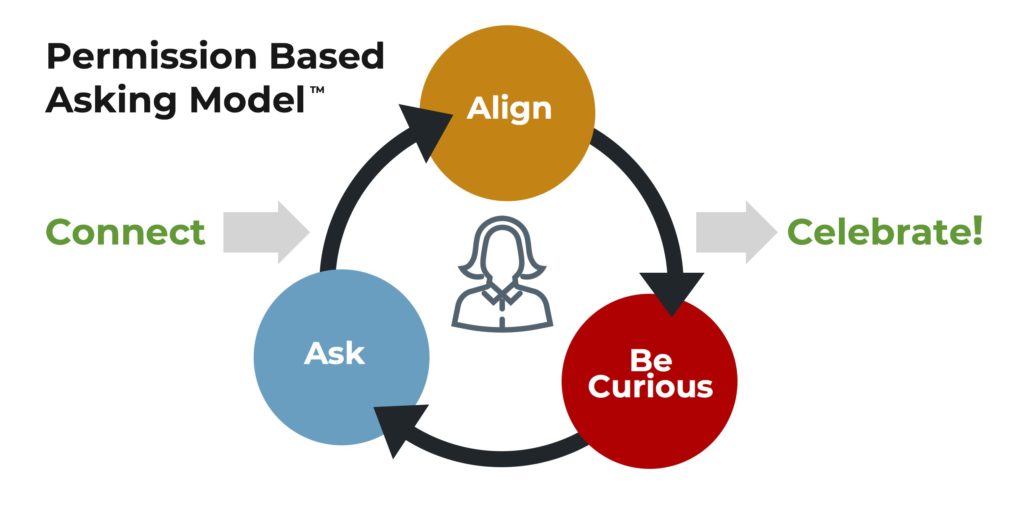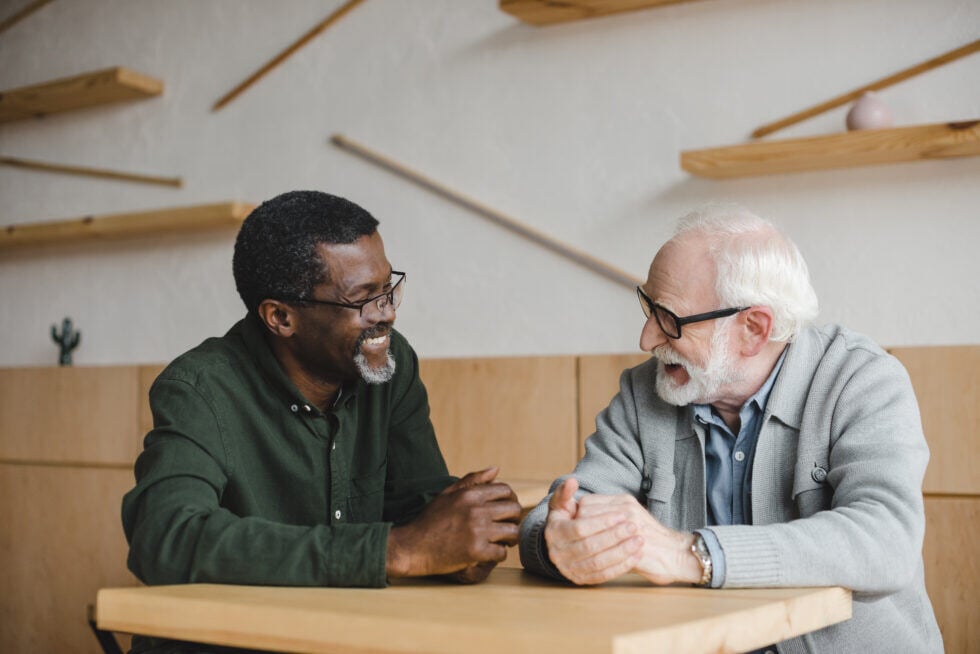1 min read
Permission-Based Asking: The Alignment Circle
One of the biggest errors in asking is to assume that the process is linear, i.e you start at one point and, through a succession of steps, you get...
2 min read
Richard Perry and Jeff Schreifels : October 5, 2018


Copyright © 2018 Veritus Group LLC
In the introduction to the Permission-Based Asking ModelÔ, I gave you the rationale for the model – read it again to get context.
Today, I want to talk about the first step or phase: “Connect.”
Before you move into this phase, I want to be sure that you have the following things in place:
OK, let’s say you’re good with the two items above. Now, you need to secure a meeting. Jeff and I have written extensively about this as well. And it’s not an easy task, I know. But remember this: the ONLY reason a donor will not meet with you is because you don’t have anything of value to share.
So, the secret to getting the meeting is to give the donor something of value. And that value lies in serving their passions and interests – giving them a steady diet of information that they are interested in so that they want to meet with you. Read about getting meetings here before you go on.
OK, you’ve secured a meeting, and now you’re face-to-face with the donor. It’s time to connect. That’s the sole objective of this phase – to emotionally connect with the donor and to get into the present moment together.
Perhaps you talk about a trip the donor just took, or the child the donor just dropped off at college, or the surgery the donor had, or the life circumstance she has been telling you about. It needs to be something that matters to the donor and signals that you are now here and present.
You begin by saying something like: “Before we begin our meeting, I’d love to hear more about…” – and then you authentically process the information the donor gives.
When you’ve arrived at a natural transition point – you’ll know it because the donor is obviously done answering your question – when you get to this point, then you move to your facilitator role and you ask for permission to move on – you signal transition to alignment.
Doing this confirms that you are the facilitator of this meeting, ensuring that things move forward as needed. And it gets you to the next phase of the asking model.
That’s the essence of the Connect phase of our asking model. Stated simply: you are connecting with the donor in a manner that shows the donor you know her and are present to her and her passions and interests.
This isn’t an easy task, so don’t let yourself think that connecting in this way is no big deal. It isn’t. But if you are thoughtful about it, and you let the donor’s passions and interests (plus the personal knowledge you have acquired about her) drive the interaction you will, indeed, connect emotionally – and you’ll be on your way toward the next step of the asking model.
In my next post, I’ll go through the align, be curious and ask stages. It will be fun and informative. Talk soon.
Richard

1 min read
One of the biggest errors in asking is to assume that the process is linear, i.e you start at one point and, through a succession of steps, you get...

“How many of your donors have made a planned gift?” A question like this, or really anything related to“planned giving,”strikes terror into your...
1 min read
If you have attended one of the many trainings of nationally recognized major gift gurus, you have likely learned many techniques and strategies on...